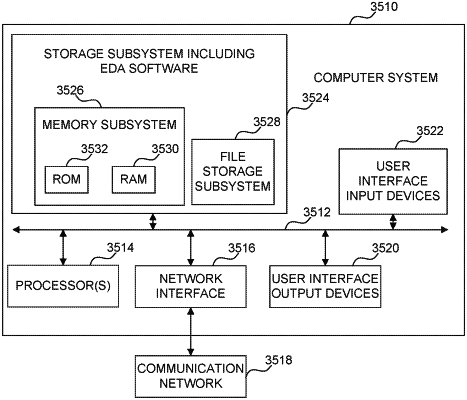| CPC G06N 3/063 (2013.01) [G06N 3/04 (2013.01)] | 15 Claims |

|
1. An apparatus comprising:
a memory; and
at least one processor communicatively coupled with the memory to perform operations comprising:
obtaining an input tensor representing image data comprising a pixel; and
performing, based on the input tensor, image processing comprising deconvolution processing, the image processing comprising:
generating a first deconvolution segment of a plurality of deconvolution segments of a complete deconvolution by performing a first convolution to generate a first set of convolution results, wherein performing the first convolution to generate the first set of convolution results comprises performing a first tensor transformation based at least in part on a first convolution filter, a stride value, and the input tensor, wherein the first convolution filter comprises a first subset of a deconvolution filter, wherein the stride value defines a number of deconvolution segments of the plurality of deconvolution segments and a number of convolution results of the first set of convolution results, and wherein the first convolution has a convolution size determined based on a kernel size of the complete deconvolution and the stride value;
determining whether each deconvolution segment of the plurality of deconvolution segments comprising the first deconvolution segment and a second deconvolution segment has been generated, wherein the second deconvolution segment is generated by performing a second convolution comprising a second tensor transformation based at least in part on a second convolution filter that comprises a second subset of the deconvolution filter that is at least partially distinct from the first subset of the deconvolution filter;
in response to determining that each deconvolution segment of the plurality of deconvolution segments has been generated, assembling each deconvolution segment of the plurality of deconvolution segments to generate the complete deconvolution; and
outputting the complete deconvolution via at least one of: an output file or an output device.
|